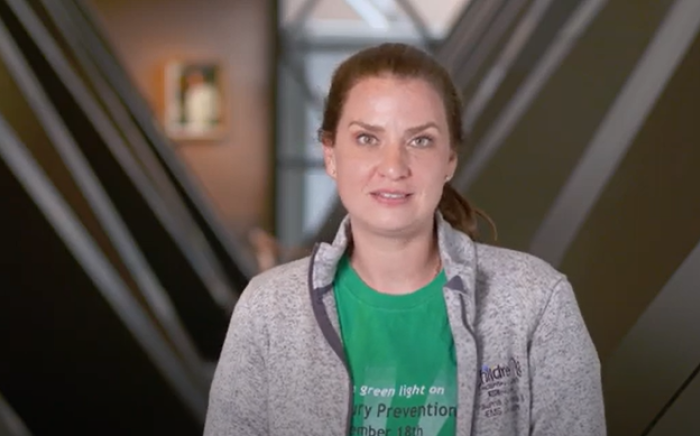What is Hypospadias?
Hypospadias is a problem where the opening of the urethra is not at the tip of the penis. The urethra is the tube that carries urine from the bladder to the outside of the body. With hypospadias, the end of the tube is lower down on the underside of the penis. Or it may be in the scrotum. The foreskin of the penis also forms abnormally. Hypospadias can prevent normal urine flow. Later in life it can cause problems with semen flow, resulting in infertility.
Causes of Hypospadias
Hypospadias is a problem that some boys are born with (congenital). It happens during growth in the mother’s uterus. As the baby grows in the uterus, the tissue on the underside of the penis that forms part of the urethra doesn't fully close. The foreskin doesn’t fully develop. This leaves extra foreskin on the top side of the penis and no foreskin on the underside of the penis.
Risk Factors for Hypospadias
A baby is more at risk for hypospadias if he or she:
- Has an older mother
- Has a father with other conditions of the urinary tract or genitals
- Is born early (preterm birth)
- Has a low birth weight
- Is a twin
- Has a mother who has diabetes during pregnancy (gestational diabetes)
- Was exposed before birth to secondhand cigarette smoke and pesticides
Symptoms of Hypospadias
Symptoms can occur a bit differently in each child. They can include:
- Abnormal look of foreskin and penis
- Abnormal direction of urine stream
- End of penis curves downward
The symptoms of hypospadias can seem like other health conditions. Make sure your child sees his or her healthcare provider for a diagnosis.
Diagnosis of Hypospadias
The healthcare provider will ask about your child’s symptoms and health history. He or she may also ask about your family’s health history. The provider will give your child a physical exam. This will include looking at your baby’s penis and foreskin.
Treatment for Hypospadias
Treatment will depend on your child’s symptoms, age, and general health. It will also depend on how severe the condition is.
Hypospadias can be fixed with surgery. Surgery is often done when a baby is 6 to 24 months old. This is when penile growth is minimal. Your baby should not be circumcised at birth. This is because the foreskin may be needed to repair the penis. In some cases, more than one surgery is needed to complete the repair.
Talk with your child’s healthcare providers about the risks, benefits, and possible side effects surgery.
Complications of Hypospadias
If a hypospadias is not repaired, your child may have problems such as:
- Abnormal urine stream. The urine stream may point in the direction of the opening, such as downward. Or it may spray in multiple directions.
- Curving penis. As your child grows, his penis may curve. This can cause sexual dysfunction later in life.
- Infertility. If the urethral opening is closer to the scrotum or perineum, your child may have problems with fertility later in life.
When to Call a Healthcare Provider
Call the healthcare provider if your child has:
- Symptoms that don’t get better, or get worse
- New symptoms
Key Points
- Hypospadias is a problem where the opening of the urethra is not at the tip of the penis. The end of the urethra is lower down on the underside of the penis. Or it may be in the scrotum. The foreskin of the penis also forms abnormally.
- It is a problem that some boys are born with. It happens during a baby’s growth in the uterus.
- It can be fixed with surgery. Surgery is often done when a baby is 6 to 24 months old.
- Your baby should not be circumcised at birth. This is because the foreskin may be needed to repair the penis. In some cases, more than one surgery is needed to complete the repair.
- If the condition is not repaired, your child may have problems such as abnormal urine flow, a curving penis, and infertility.
Next Steps
Tips to help you get the most from a visit to your child’s healthcare provider:
- Know the reason for the visit and what you want to happen.
- Before your visit, write down questions you want answered.
- At the visit, write down the name of a new diagnosis, and any new medicines, treatments, or tests. Also write down any new instructions your provider gives you for your child.
- Know why a new medicine or treatment is prescribed and how it will help your child. Also know what the side effects are.
- Ask if your child’s condition can be treated in other ways.
- Know why a test or procedure is recommended and what the results could mean.
- Know what to expect if your child does not take the medicine or have the test or procedure.
- If your child has a follow-up appointment, write down the date, time, and purpose for that visit.
- Know how you can contact your child’s provider after office hours. This is important if your child becomes ill and you have questions or need advice.












